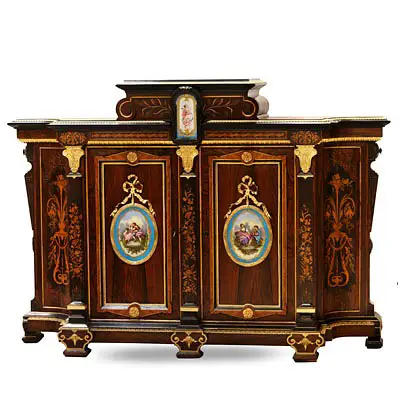Auctions, a timeless method of buying and selling rare and valuable items, have evolved significantly over the years. Traditionally, auctions were conducted in person, with participants raising paddles or signaling bids. However, in recent years, the landscape of auctions has transformed, thanks to the emergence of online platforms. The future of auctions lies in the seamless integration of live and online experiences.
- The Rise of Online Auctions
Online auctions have gained a lot of popularity because of their accessibility and efficiency. They allow people all over the globe to take part in bidding. This makes it simpler for vendors to connect with a wider public. The Internet's global reach has opened up new possibilities for both sellers and buyers.
- The Allure of Live Auctions
Live auctions have an undeniable charm and excitement that online auctions often struggle to replicate. The atmosphere in a live auction hall, with the rapid-fire pace of the auctioneer's chants and the adrenaline rush of competing with other bidders, is an experience in itself. Live auctions provide an immersive, sensory engagement that online auctions lack.
- The Hybrid Auction Model
The future of auctions lies in a fusion of live and online experiences, creating a hybrid model. In this scenario, bidders can choose to attend an auction in person or participate remotely through an online platform. This approach preserves the vibrant atmosphere of live auctions while offering the convenience of online bidding. It caters to a broader range of participants, accommodating both those who value the traditional aspects of auctions and those who seek the ease of online transactions.
- Technological Advancements
The success of hybrid auctions depends on advanced technology. Auction houses are incorporating live-streaming capabilities, online bidding portals, and mobile apps to seamlessly integrate in-person and virtual participants. These technologies bridge the gap between the physical and digital worlds, ensuring a cohesive auction experience for everyone involved.
- Expanding the Collector Base
Hybrid auctions open up new possibilities for collectors. Collectors who were previously unable to attend auctions in person can now actively engage in the market. This broadens the collector base and encourages a more diverse group of individuals to participate in the auction community.
- Transparency and Security
In the age of digital transactions, concerns about transparency and security are paramount. Auction houses must prioritize secure payment processing, authentication of items, and accurate representations of lots to maintain the trust of both buyers and sellers. The blending of live and online experiences should enhance transparency and security rather than compromise them.
- Convenience and Flexibility
The hybrid model offers participants the flexibility to choose their preferred mode of participation. Whether you're a seasoned collector seeking the thrill of live auctions or a novice looking for a more convenient online experience, this approach caters to all.
In Conclusion
The future of auctions is a dynamic blend of live and online experiences. It caters to the nostalgia and excitement of live auctions while embracing the accessibility and convenience of online platforms. As technology continues to advance, the auction industry will further integrate these two worlds, offering a diverse, engaging, and secure experience for buyers and sellers alike. Whether you prefer the buzz of the auction hall or the comfort of your own home, the future of auctions promises something for everyone.






